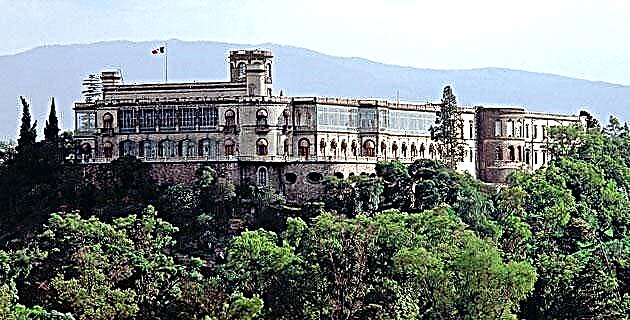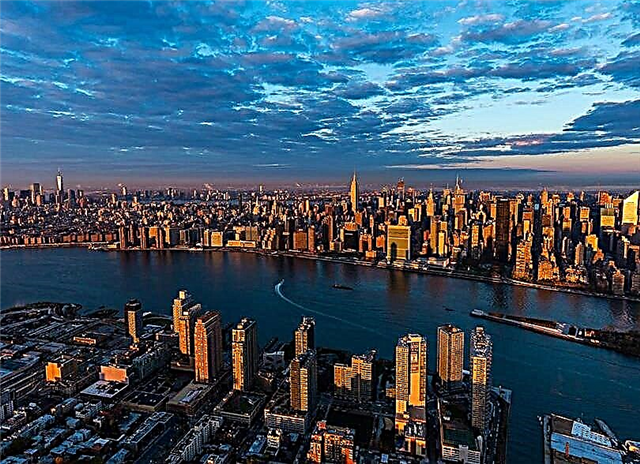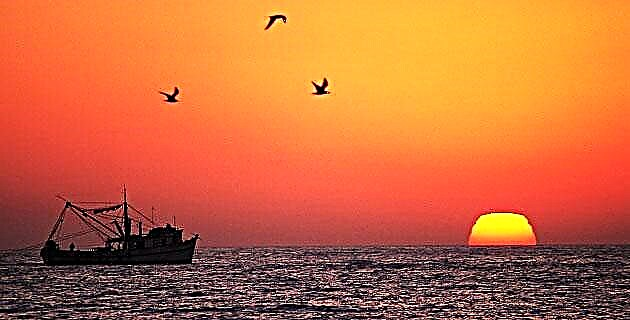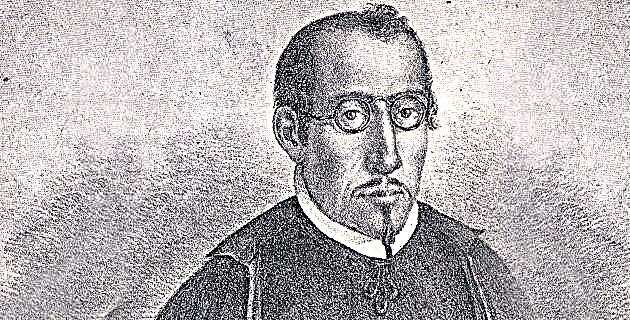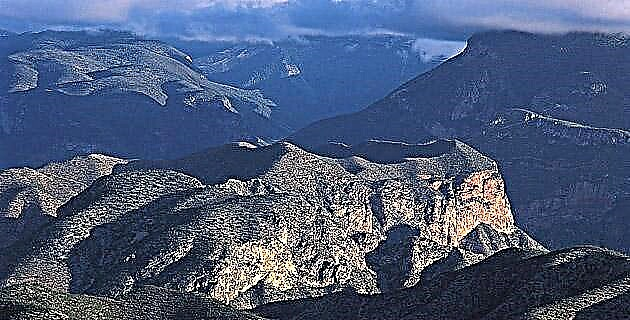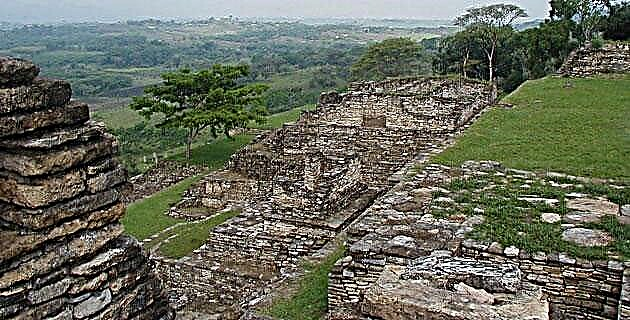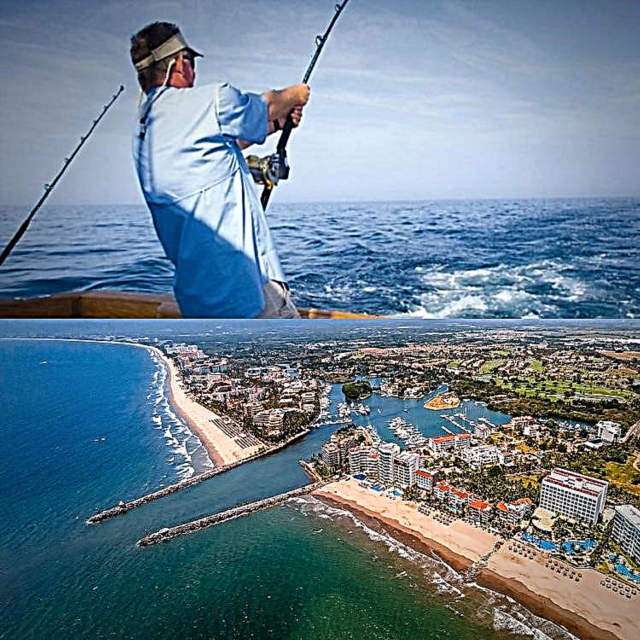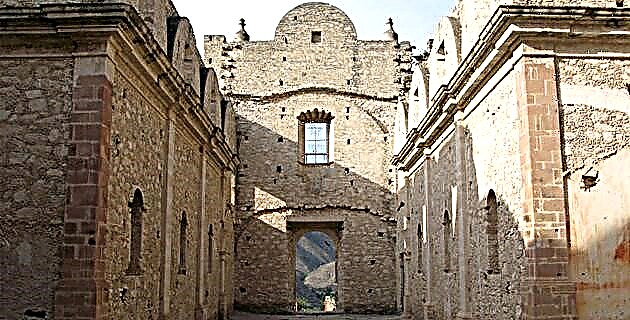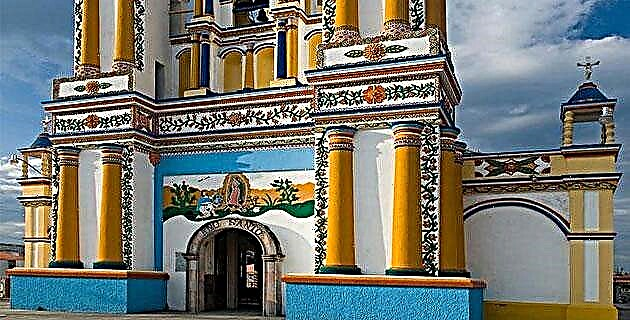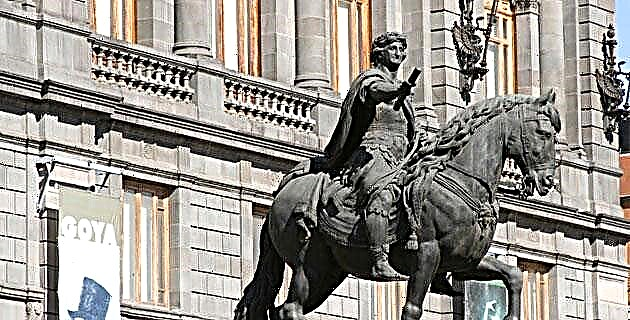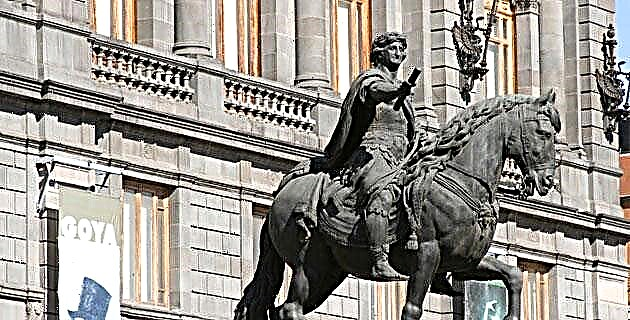
One of the great figures of art in colonial Mexico, Tolsá was born in the town of Elguera, Valencia, Spain and died in Mexico City. In Spain he was a sculptor of the king's chamber, minister of the Supreme Board of Commerce, Mines, and academic of merit of San Fernando.
One of the great figures of art in colonial Mexico, Tolsá was born in the town of Elguera, Valencia, Spain and died in Mexico City. In Spain he was a sculptor of the king's chamber, minister of the Supreme Board of Commerce, Mines, and academic of merit of San Fernando.
Appointed director of Sculpture of the Academy of San Carlos, recently created in Mexico City, he left Cádiz in February 1791. With him the king sent a collection of replicas, cast in plaster, of the sculptures of the Vatican Museum. In the port of Veracruz he married María Luisa de Sanz Téllez Girón and Espinosa de los Monteros. Established in the capital of New Spain, he opened a bathhouse and formed a company for the installation of a car factory. The City Council entrusted him with several tasks, which the architect carried out without receiving any remuneration, among them the recognition of the drainage of the Valley of Mexico, the new introduction of drinking water, the Peñón baths and the new plants of the Alameda, the Real Seminario and the Colisseum.
To obtain the title of academic of merit in architecture, he presented three drawings: one for the erection of the College of Mining, another for an altarpiece and a third for the cell of the Regina convent, which would be occupied by the Marchioness of Selva Nevada. In 1793 he made the first project for a bullring. He directed and projected the following works: the houses of the Marquis del Apartado and the Marquis of Selva Nevada; the project for the College of the Missions, the house of exercises for the Philippians and the completion of the works of the cathedral in Mexico. In this he decorated the towers and the front with statues, among them the theological virtues that finish off the clock cube; and he designed the dome, the balustrades and the baseboards of the crosses in the atrium, all of which ended in 1813. In addition, he carved the heads of the Dolorosa that are in La Profesa and El Sagrario; made the plans for the Propaganda Fide convent in Orizaba; designed the Hospicio Cabañas de Guadalajara; he built the cypress of the Puebla cathedral; He sculpted in wood the Virgin that is preserved in the archbishopric of Puebla; he built the fountain and the obelisk on the road to Toluca; and he chiselled the bust of Hernán Cortés for his grave.

